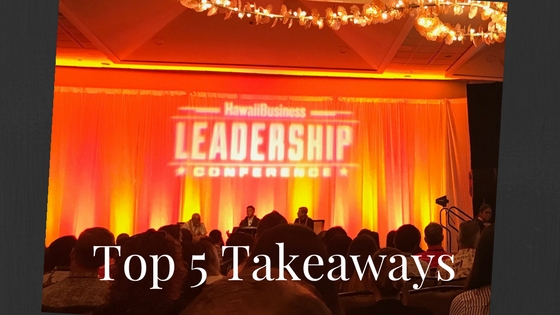T alk to any business owner or manager about their staff and without a doubt, the age-old question will come up: “How do I keep them happy?” or, a version of the question will be posed: “How can I make my employee(s) happy?”. While there isn’t a single solution to overall happiness in the workplace, some contributing factors include clear goals and priorities, working for a greater purpose, effective communication across the organization, ability to work independently or to hone one’s craft to mastery. Using these techniques can help contribute to satisfaction, but another key element, showing appreciation, can make a BIG difference and is simple to employ immediately.
alk to any business owner or manager about their staff and without a doubt, the age-old question will come up: “How do I keep them happy?” or, a version of the question will be posed: “How can I make my employee(s) happy?”. While there isn’t a single solution to overall happiness in the workplace, some contributing factors include clear goals and priorities, working for a greater purpose, effective communication across the organization, ability to work independently or to hone one’s craft to mastery. Using these techniques can help contribute to satisfaction, but another key element, showing appreciation, can make a BIG difference and is simple to employ immediately.
Wait! Stop right there! Before rushing out of your office singing praises to your employees, or buying everyone a latte, take a moment to consider how the people you need to express appreciation to will receive your message. Appreciation is personal. Knowing and adapting to the recipients style will help you be more effective. Here’s an overview of the styles with a brief summary of how to identify this appreciation style and what you can do. These are adapted from renown author, Gary Chapman who wrote “The Five Love Languages” and co-wrote “The Five Languages of Appreciation in the Workplace”. The five languages are:
- Acts of Service – get into the work with them. Roll up your sleeves, offer assistance, be of service. They will respect you for it.
- Gifts – buy them a latte, a giftcard to their favorite shop. Gifts don’t have to be large, but they should be thoughtful and genuine.
- Physical Touch – first thing first: respect professional boundaries. High fives, fist bumps and an encouraging (and appropriate) pat on the back work well.
- Quality Time – devote time to spend with this person, maybe lunch or coffee, or a simple walk around the block. Be present during this time, it’s about them and will go a long way.
- Words of Affirmation – use your words to tell them they are valued and appreciated. The format can vary. Some will want public recognition, others will want you to keep your words between the two of you. Be specific, and praise them for a job well done.
Try these out, talk with your staff about these methods. Ask them: how can I best show you I appreciate you? See what they say. Be aware of the non-verbal communication they make with you and adjust accordingly. Know, I have personally applied these methods with the teams I’ve managed and collaborated with and found them to be very effective, I wish you the same success!
Transform Consulting is dedicated to helping businesses succeed through their people. If you are interested in learning more about this topic, or other topics related to employee engagement and development, we welcome your inquiry! Contact us at 808-352-9290 or visit us on our website at www.transformconsulting.co.




